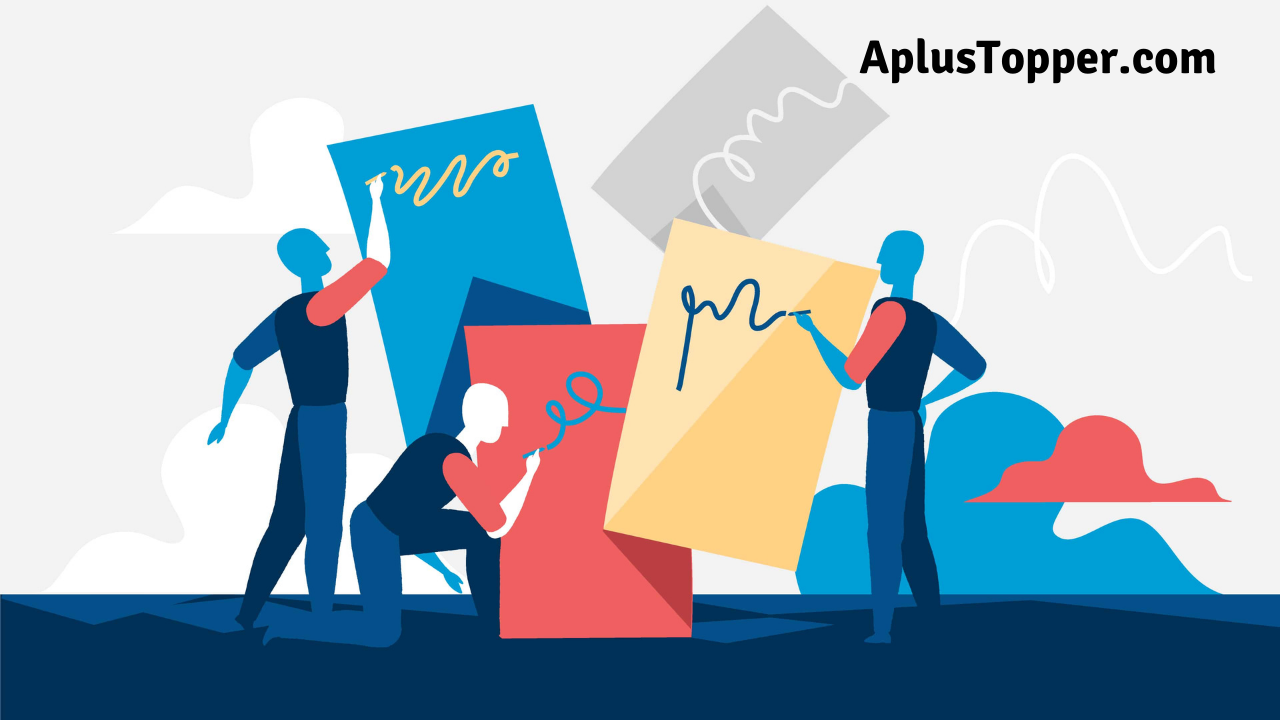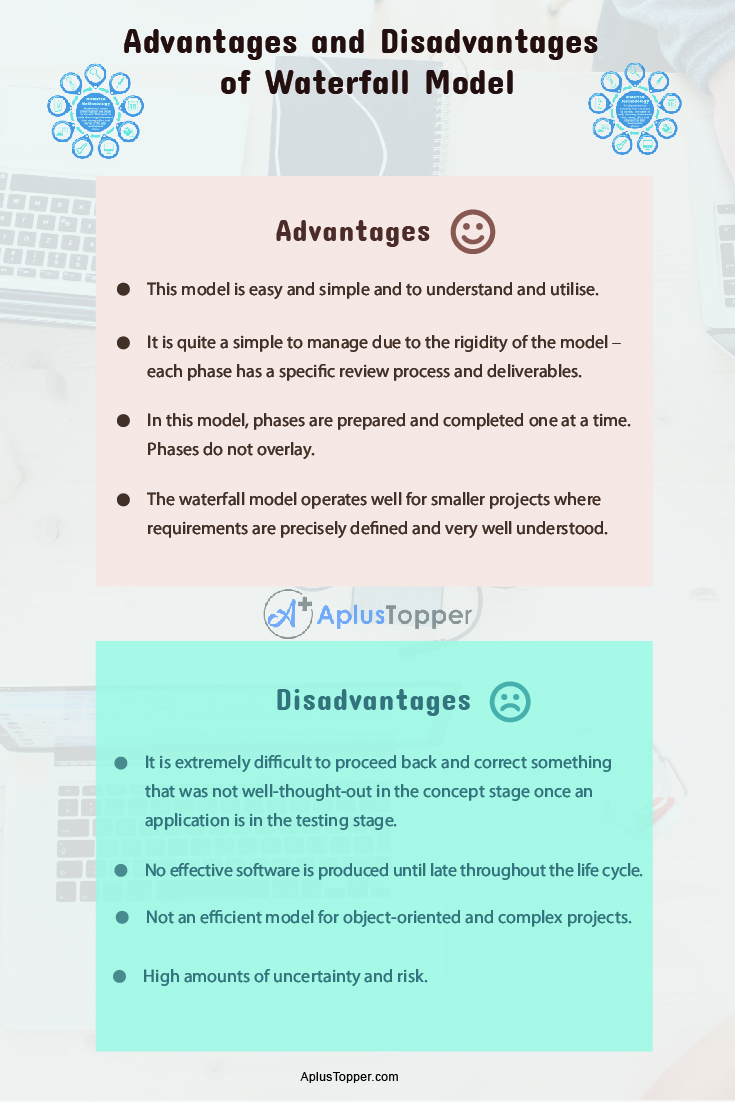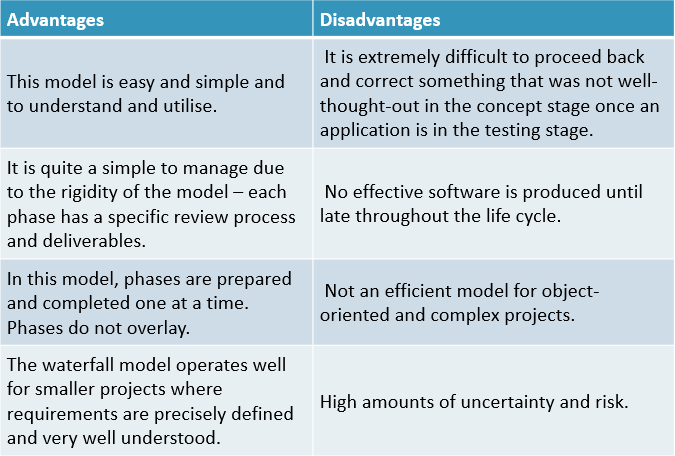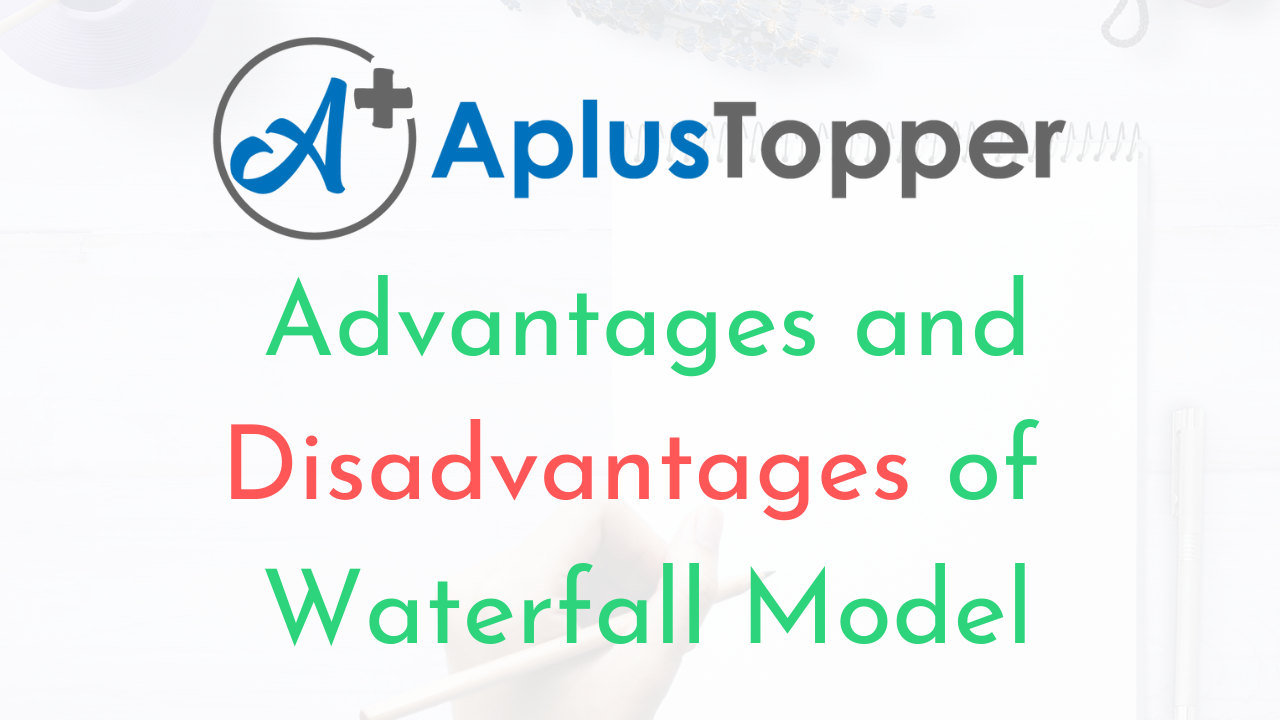Waterfall Model Advantages and Disadvantages: The methodology of waterfall development is ideal for projects in which producing initial changes can be very expensive. Many global industries hold projects in which advances in the mass market are not significant. The principal issue with the Waterfall model is that revisions are not significantly rendered by logical sequences. The feedback from testers, engineers, and customers during the development of the software is missing parts. Also, in one go, the software integration to the present system is done.
Students can also find more Advantages and Disadvantages articles on events, persons, sports, technology, and many more.
What is Waterfall Model? Advantages and Disadvantages of Waterfall Model
The software industry, for the first approach to developing software, uses the Waterfall model. In 1970, Winston Royce presented this model back. The Waterfall model is a traditional practice in software development. The waterfall model is a model consisting of a “linear-sequential life-cycle”. The word Waterfall symbolises that this model flow like a waterfall from high to low level and is linear. It holds five to seven stages that possess different tasks to accomplish. Whereby all the stages collectively represent the entire life cycle.
Let’s discuss some of them:
- Advantages of Waterfall Model
- Disadvantages of Waterfall Model
- Comparison Table for Advantages and Disadvantages of Waterfall Model
- FAQs on Pros and Cons of Waterfall Model
Advantages of Waterfall Model
The Waterfall model relies upon the sequential approach where each stage must be completed to start the next stage.
The development moves from complete design, deployment, testing, installation, troubleshooting, concept and ends up in operation and maintenance. Each phase of development should be worked properly and holds its own value.
- Easy to Control and Manage: The section division in the Waterfall executes it easier to handle. Each phase produces its own procedures and reliability. From which each phase processes and completes one at a time without overlapping. Furthermore, phases as an individual have specific review and deliverables processes. The Waterfall is easy to manage and use due to the clarity of all the stages. All the duties can be arranged efficiently by comprehending the hierarchy.
- Early Determination of the End-Goal: The defining characteristic of the Waterfall system is that it commits completely to a goal and specifies the outcome at the commencement stages. The team needs to follow the hierarchy and should dodge diverging from the system. The team working on the Waterfall for small projects is entirely aware of the entire goal from the beginning.
- High Visibility: The output after completion of each phase generates high visibility in the Waterfall model. By examining the output of each stage, it can be concluded by the project manager and client that the project is executing considerable progress.
- Reduced Number of Problematic Issues: The output of each phase is examined ere it is sent to the subsequent phase, as the Waterfall model holds different phases. This supervision of standard data can reduce the risk of problematic issues.
- The Information is Well Transferred: The method of Waterfall is remarkably systematic, which executes the clean transfer of information at each step or phase. An organisation with the appropriate process can maximise the advantages of the Waterfall.
- Tests Conducted for Quality Assurance: Quality assurance tests are conducted before the completion of each phase. This includes verification and validation. If a failure occurs at a certain stage, it is instantly removed, settling the problem.

Disadvantages of Waterfall Model
The Waterfall model based on traditional methods is the first sequential approach to Software Development, due to which it has been scrutinised for being outdated. The type, goal and size of the project make the boundaries of this methodology more self-evident. The Waterfall method must be thoroughly examined to know whether it fits the project or not. The investigation can be done by considering the constraints of the Waterfall project.
- Making Changes can be Problematic: The Waterfall model completely depends on the subsequent steps which make the team progress forward. The Waterfall methodology is a traditional procedure that leaves almost no room for changes or revisions after the completion of each step. Changes are only permissible during the processing of the stage. If all the steps have been implemented very thoroughly, yet any unexpected roadblock arises after completion of the project, then there would be no means for pivoting.
- Delayed Testing until after Completion: The testing cannot linger until the half last of the project as it can be risky. The testing phase originates late in the developmental process, and Waterfall commands the testing to be done until the stage appears. In Waterfall, project testing necessitates considerable time to finish, due to which large revisions can generate substantial delays. Due to this restriction, Agile Methodology was designed as the critics of Waterfall felt that the model holds too much room for unnoticed problems. If constant changes are needed in any project, then different project methodology should be practised for that.
- Waterfall Exclude The User/Client: The principal purpose of the Waterfall Methodology is to support the internal team to drive more proficiently through the different phases of the project. As this is an internal process, the focus on the involvement of the end client in the project is very limited. The clients often reveal their involvement concerns in the project to provide an opinion and illuminate their requirements.
- Not Quite Suitable for Complex Projects: Waterfall Model does not test object-oriented and complex models at every stage. Moreover, it does not eliminate the error throughout the process. In the waterfall model, the testing phase is the only stage that detects the error. Before the testing stage, there is no way to examine if there are any errors or not. This is a significant drawback of the Waterfall model because projects with high or moderate requirements are at risen risk of changing, which cannot be satisfied with this model.

Comparison Table for Advantages and Disadvantages of Waterfall Model
| Advantages | Disadvantages |
| This model is easy and simple and to understand and utilise. | It is extremely difficult to proceed back and correct something that was not well-thought-out in the concept stage once an application is in the testing stage. |
| It is quite a simple to manage due to the rigidity of the model – each phase has a specific review process and deliverables. | No effective software is produced until late throughout the life cycle. |
| In this model, phases are prepared and completed one at a time. Phases do not overlay. | Not an efficient model for object-oriented and complex projects. |
| The waterfall model operates well for smaller projects where requirements are precisely defined and very well understood. | High amounts of uncertainty and risk. |

FAQ’s on Pros and Cons of the Waterfall Model
Question 1.
What are the pros and cons of the Waterfall and agile model?
Answer:
Agile projects are typically more affordable and can be performed quickly. Waterfall projects are typically more costly and necessitate longer to deliver.
Question 2.
What are the disadvantages of waterfalls?
Answer:
Disadvantages of Waterfall
- This methodology, unlike agile, does not permit for discovery, refinement and iteration, whilst developing the product.
- As the process is static, this methodology is not fitting for projects where business or client requirements may shift during development.
